
 1
1




I make a Maple Syrup instructional movie! Check it out HERE
SKIP books, get 'em while they're hot!!! Skills to Inherit Property
See me in a movie building a massive wood staircase:Low Tech Lab Movie
 4
4






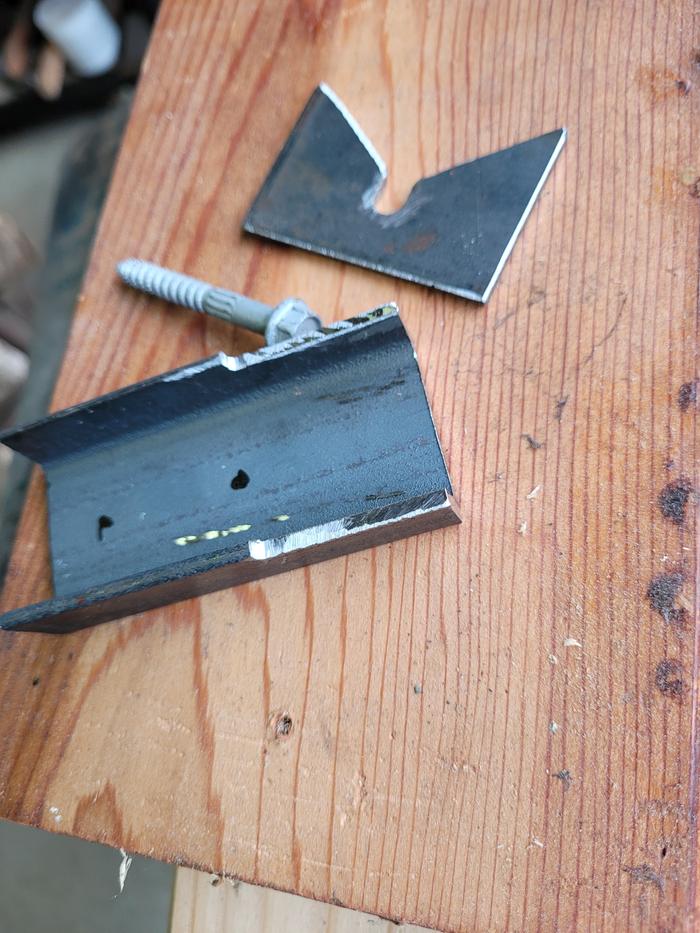
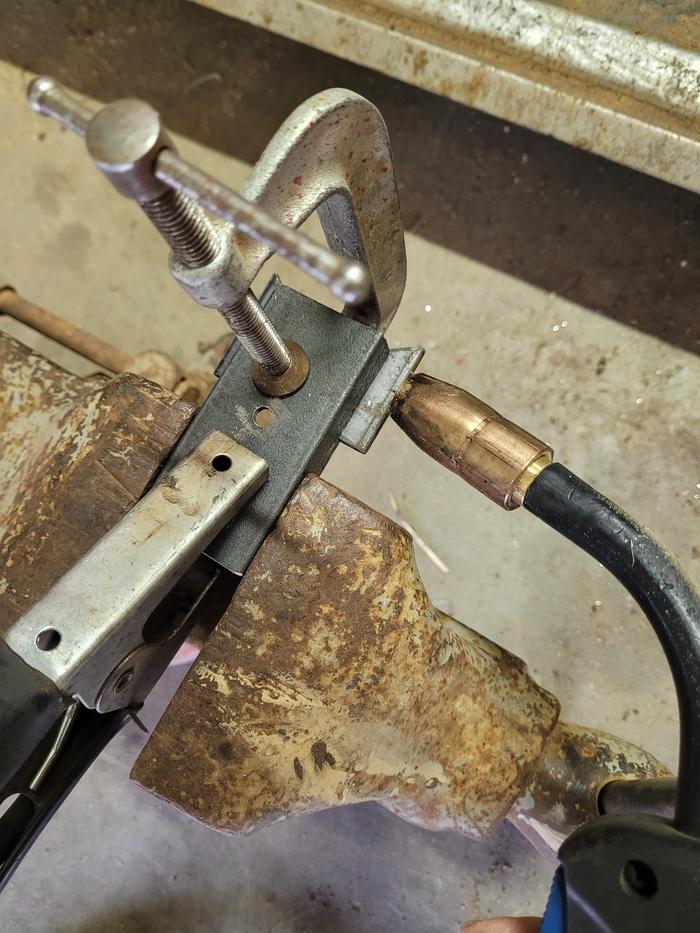
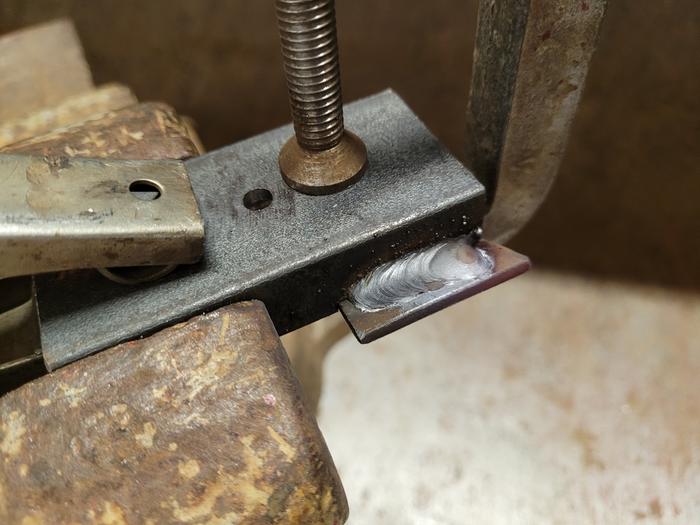
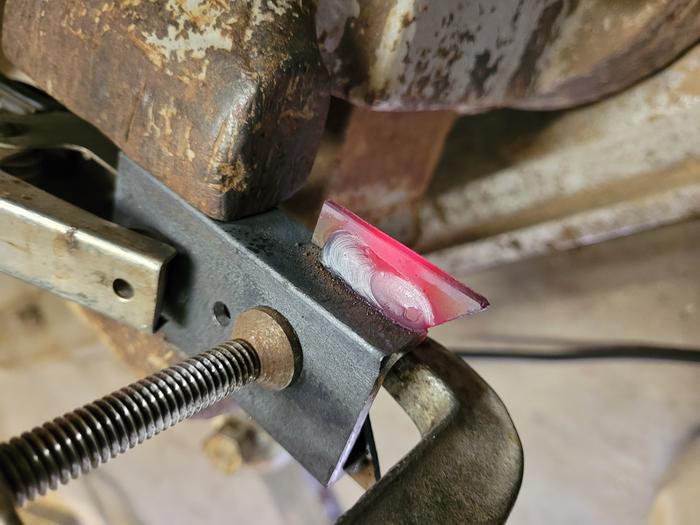
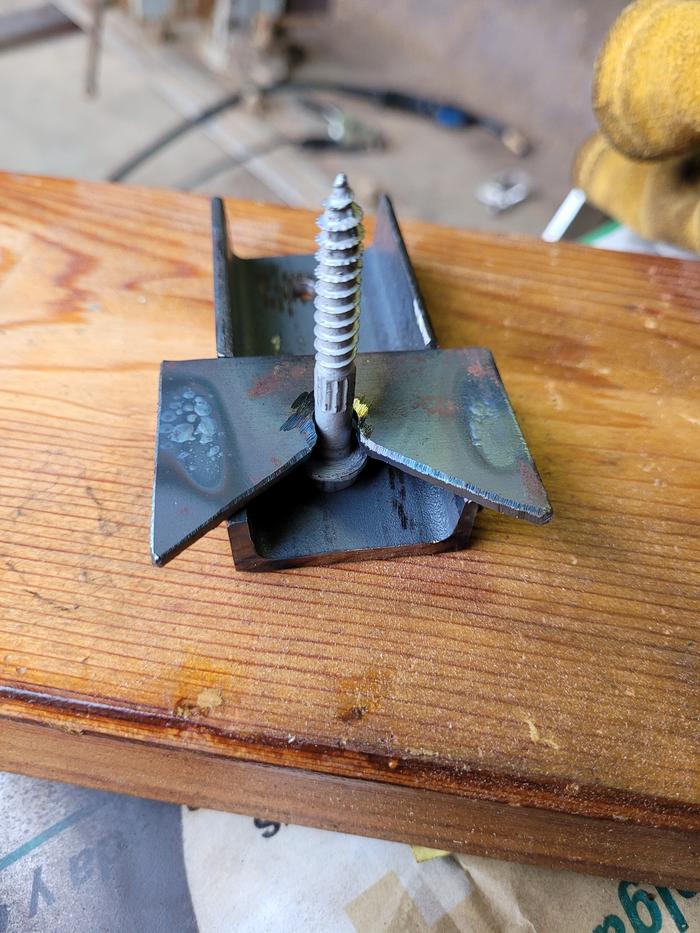
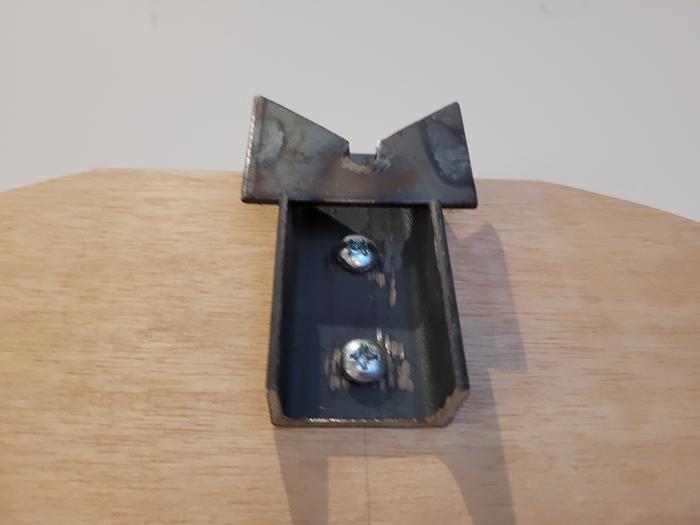

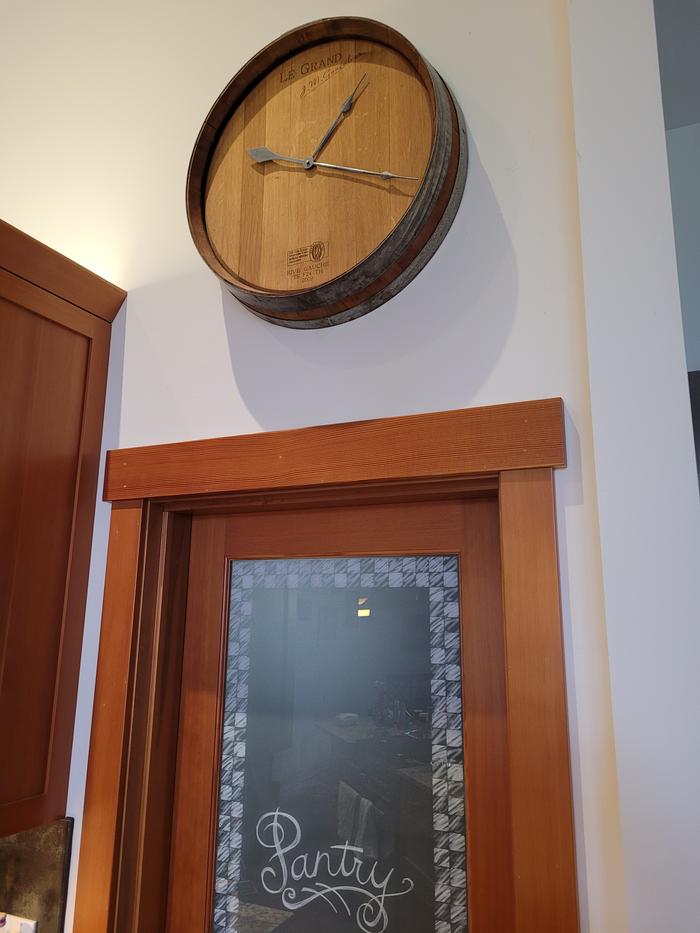
Now you can track your PEP BB and Badge progress in Google Sheets! Download today: PEP BB Calculator for Google Sheets
Someone flagged this submission as not complete.
BBV price: 3
Note: Same job posted/approved already: https://permies.com/wiki/140/97787/pep-oddball/PEP-Badge-Oddball#1213019
Someone approved this submission.
Note: Moved from the Oddball badge along with the 1/2 point it earned there since it's a better fit for this thread.











 3
3




Now you can track your PEP BB and Badge progress in Google Sheets! Download today: PEP BB Calculator for Google Sheets
Someone approved this submission.
Note: Certified for 1.5 metalworking oddball points











 3
3





Now you can track your PEP BB and Badge progress in Google Sheets! Download today: PEP BB Calculator for Google Sheets
Mike Barkley approved this submission.
Note: Certified for 1.5 oddball points.
 1
1




“It’s said war—war never changes. Men do, through the roads they walk. And this road—has reached its end.”
Someone approved this submission.
Note: Certified for 2 oddball points!

 2
2




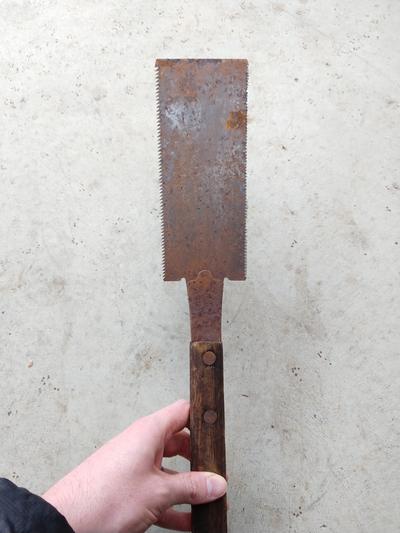
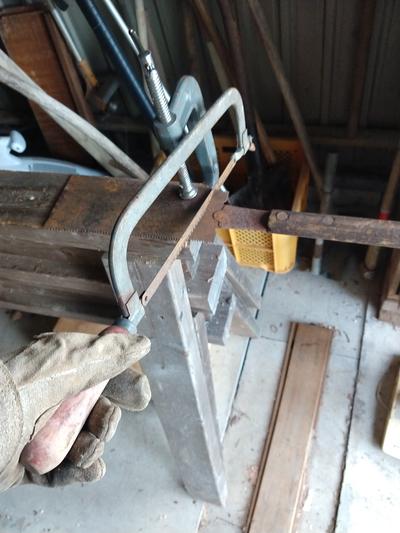
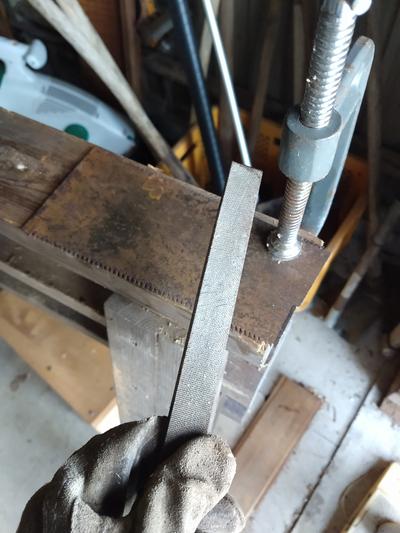
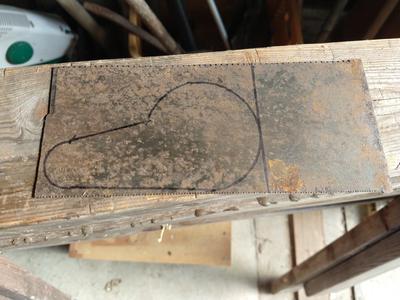
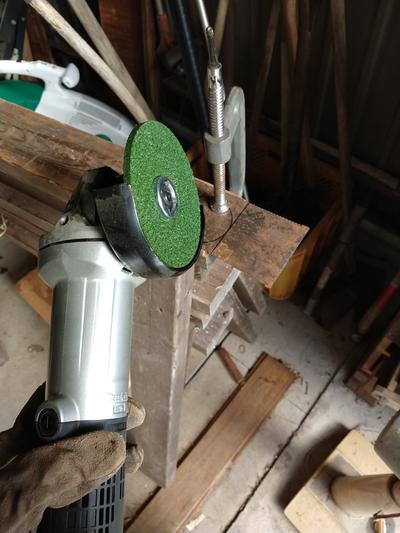
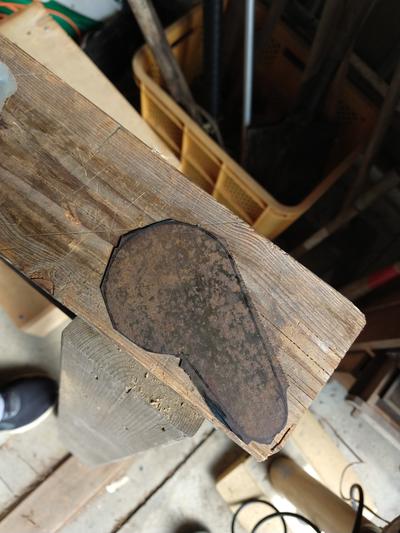
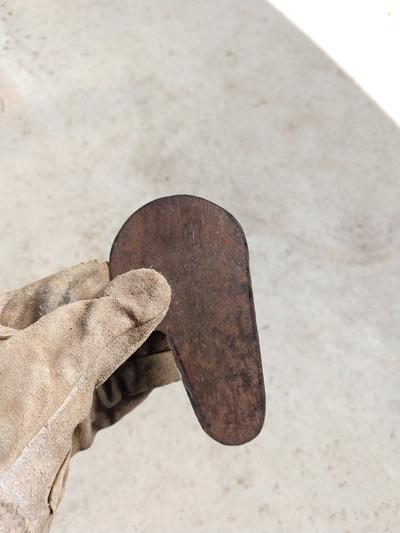
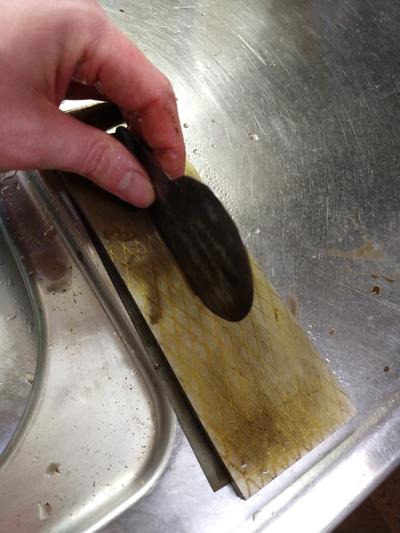
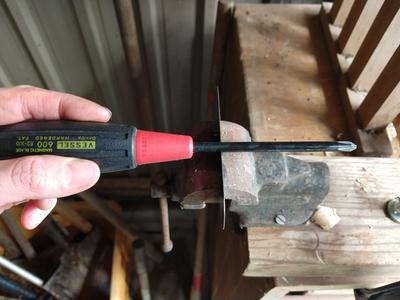
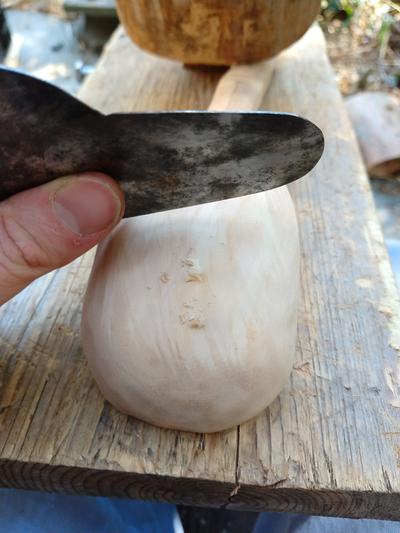
Someone approved this submission.
Note: Certified for 1.5 oddball points
 2
2




Children, Rabbits, Chickens, Bees
Someone approved this submission.
Note: Certified for 2 metalworking oddball points!
 2
2










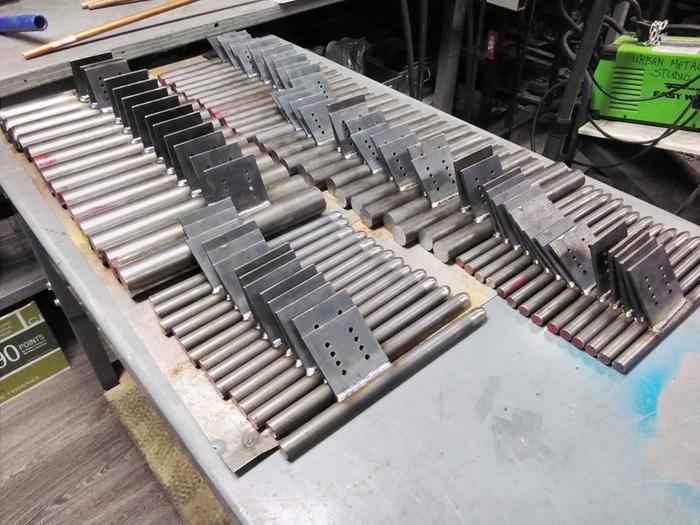

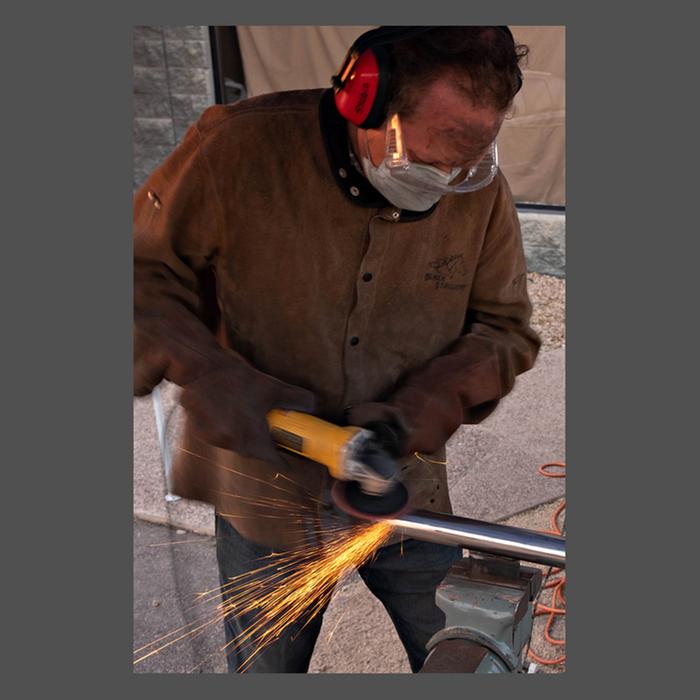
You are welcome to check out my blog at http://www.theartisthomestead.com or my artwork at http://www.davidhuang.org
Mike Haasl approved this submission.
Note: Certified for 70 oddball points!




 While this project might not make economic sense I feel like I've got a way cooler darning needle. It's also always empowering to realize you can make your own tools.
While this project might not make economic sense I feel like I've got a way cooler darning needle. It's also always empowering to realize you can make your own tools.
You are welcome to check out my blog at http://www.theartisthomestead.com or my artwork at http://www.davidhuang.org
Someone approved this submission.
Note: Certified for 1 point - neat project!
 2
2





You are welcome to check out my blog at http://www.theartisthomestead.com or my artwork at http://www.davidhuang.org
Someone approved this submission.
Note: Certified for 1/2 oddball point
 4
4




You are welcome to check out my blog at http://www.theartisthomestead.com or my artwork at http://www.davidhuang.org
Someone approved this submission.
Note: Certified for 3 oddball points!








 1
1




David Huang wrote:
So I tried to imagine something fairly simple I could make that would allow me to better process hickory nuts on a home scale. Certainly this tool is not going to be effective for commercial operations, but I'm happy with the results.




L. Johnson wrote:
David Huang wrote:
So I tried to imagine something fairly simple I could make that would allow me to better process hickory nuts on a home scale. Certainly this tool is not going to be effective for commercial operations, but I'm happy with the results.
Coolest nutcracker ever!

You are welcome to check out my blog at http://www.theartisthomestead.com or my artwork at http://www.davidhuang.org











 2
2




Now you can track your PEP BB and Badge progress in Google Sheets! Download today: PEP BB Calculator for Google Sheets
Someone approved this submission.
Note: Certified for 4.5 points
 1
1




"How do you balance production with perfection?"
For more creations and tom foolery come visit at https://www.instagram.com/wizard.mountainman/
Timothy Norton approved this submission.
Note: Certified for 1/2 Oddball point.




 )
)
Someone approved this submission.
Note: Certified for 1.5 metalworking oddball points

|
... and then the monkey grabbed this tiny ad!
Rocket Mass Heater Resources Wiki
https://permies.com/w/rmh-resources
|









